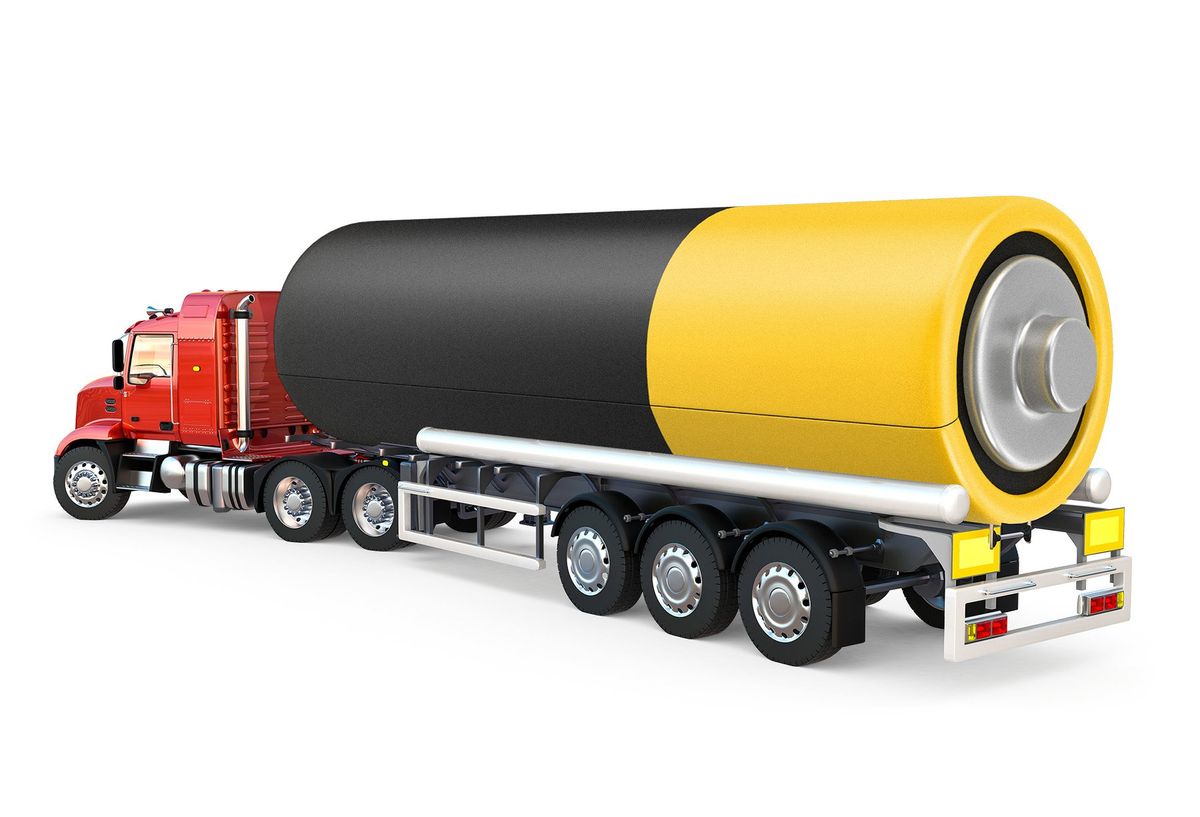According to the Intergovernmental Panel on Climate Change, approximately 15 percent of net anthropogenic greenhouse gas emissions come from the transportation sector. To meet global climate targets, we must devise ways to get people and goods from point A to point B without burning fossil fuels.
In this month’s special report on the greening of transportation, we examine a moonshot idea for powering electric vehicles, the biggest change in aviation since the jet engine, and cargo ships with a battle-tested mode of generation.
Internal combustion engines (ICEs) in cars and vans accounted for almost half of all carbon dioxide emissions attributable to the transportation sector in 2022, according to Statista. And the world is waking up to the staggering challenges of going electric, as Contributing Editor Robert N. Charette pointed out last year in the IEEE Spectrum series “The EV Transition Explained.”
During his reporting for that series, Charette ran across a startup called Influit Energy that is trying to commercialize a new type of flow battery. Flow batteries are typically used in stationary applications like power-grid storage,but as Charette notes in our cover story, “Can Flow Batteries Finally Beat Lithium?” Influit’s battery circulates an energy-dense nanoelectrofuel to store 15 to 25 times as much energy as a similarly sized conventional flow battery. The Influit battery also compares favorably to lithium-based batteries in terms of safety and stability, and it could provide the range of an ICE vehicle. Cars and trucks with these kinds of batteries could fill up with the nanoelectrofuel at the pump, perhaps taking advantage of the existing infrastructure built for gas-guzzlers.
“We are in the early stages of a key transition: Electrification could be the first fundamental change in airplane propulsion systems since the advent of the jet engine.”–Amy Jankovsky, Christine Andrews, and Bill Rogers
The second article in our report looks at how recent innovations in power electronics, electric motors, and batteries for the car industry are beginning to find applications in airplane design. In one effort, GE Aerospace and Boeing’s Aurora Flight Sciences are working together on a hybrid-electric propulsion system for a 150-to-180-seat airplane. The project, described by Amy Jankovsky, Christine Andrews, and Bill Rogers in “Fly the Hybrid Skies,” started in 2021 and aims to modify a Saab 340 aircraft using two GE CT7 engines combined with electric propulsion units for a megawatt-class system. As the authors note, “We are in the early stages of a key transition: Electrification could be the first fundamental change in airplane propulsion systems since the advent of the jet engine.”
The maritime industry needs a similar fundamental advance, reports Prachi Patel in “Merchant Shipping’s Nuclear Option.” Almost all of the world’s commercial fleets still run on diesel fuel. The industry needs to move much faster if it’s to reach the target of net-zero emissions by 2050 set by the United Nations’ International Maritime Organization.
One way to meet this goal is to go nuclear. Some 160 nuclear-powered vessels ply the high seas today, though almost all are navy ships and submarines. Next-generation small modular reactors (SMRs) could be a game changer for commercial cargo ships. Patel describes several efforts around the world to adapt SMRs to the marine environment. In theory, the small reactors should be safer and simpler to operate than conventional nuclear reactors.
It’s easy to look at the challenges posed by climate change and sigh. Or cry. The engineers you’ll find in this issue don’t have time for despair. They’re too busy working the problem.



